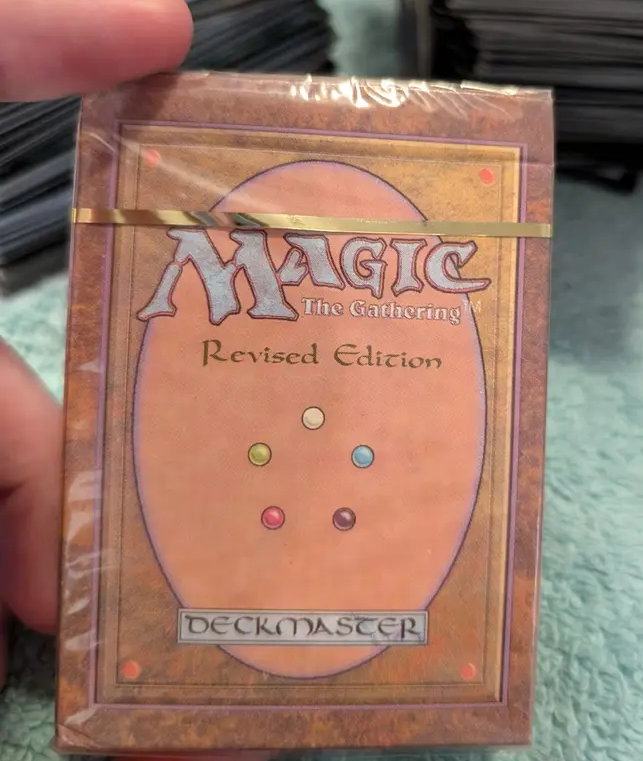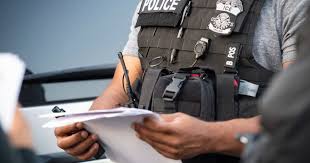
When’s The Best Time To Hike The Camino De Santiago?
Fancy a modern-day pilgrimage to the Spanish site of Santiago de Compostela? Whether you’re a Catholic pilgrim or just want a good walk, these divine crisscrossing routes have something for everyone.
Maybe you’re a keen hiker and want to tackle Europe’s biggest pilgrimage site. Or maybe you just want a nice walk with some time to reflect while wandering through beautiful scenery and buildings dating from the Middle Ages. The Camino de Santiago offers a route for every type of traveler.
What Is Camino De Santiago And Where Is it?
When we’re talking about what is Camino de Santiago, it’s best to talk about who it involves. Namely, the apostle Saint James or Sant Iago in Spanish. His remains are in an urn, in a crypt in the medieval cathedral in the town of Santiago de Compostela.
Saint James is said to have arrived by stone boat from Jerusalem, guided by angels. And legend has it that almost 1,000 years later, a shepherd was guided to the same spot by a shining star.
So, the place is Santiago de Compostela and the Camino de Santiago are the hundreds of paths that crisscross the European countryside to St James’ resting place. In English, these can be translated to St James’ Way.
The question of where is Camino de Santiago can’t be given in one answer either.
All roads lead to Santiago de Compostela in Spain but they don’t all start in the same country – there are seven main paths, and in 1993, UNESCO listed these routes as a World Heritage site.
One runs alongside the Portuguese coastline and the Cantabrian mountains. Another is called The French Way, and is unsurprisingly, in France, starting in the town of Saint-Jean-Pied-de-Port before it crosses the border and runs through the Pyrenees, albeit the foothills.
The French Way is the busiest (50% of travelers took this route in 2023) but it has good infrastructure, although it’s often noted that it’s the most expensive way to hike the trail as hostels and restaurants are more expensive.
Regardless, all of the paths have places to stay, some of which have been there since the Middle Ages. Pilgrims can follow scallop-shell markers through the countryside and these start as far afield as Seville, Lisbon, Geneva and Reading in the U.K.
This website of the public hostels along all the paths has all the information about the different paths to take and where to stay.
There is a certificate, the Compostela, for those who complete the final 62 miles (100km) on foot or the final 124 miles (200 km) by bike. You can order a document here before you leave and acquire stamps from places along the way. You can exchange it for a certificate when you get to the cathedral.
When Is The Best Time Of The Year To Hike The Camino De Santiago?
Be warned that the paths of the Camino de Santiago are occasionally prone to the new European disease of over-tourism. In 1984, there were only 423 pilgrims who claimed a certificate. The Telegraph reports that by 1994 that number stood at nearly 16,000 and in 2023, there were over 440,000 people. Last year, 44% of pilgrims were Spanish.
The paths can be hiked at any time of year but unsurprisingly, they are always more busy on the last 62 miles of any path to the cathedral and sometimes the composition of people on this part can be different to the pilgrims that you might meet in the earlier stages.
May and September are unsurprisingly some of the busiest months for overseas visitors because it’s warm but not baking. Spanish tourists are more plentiful in July and August, when it’s hotter. Winter can mean fewer people, but also snow in the highest places and sometimes there are fewer hostels open.
The fields are green in April and May and golden in June, so it also depends on personal taste for taking in the landscape. Walkers are likely to find processions on the routes and more religious pilgrims during Holy Week at Easter.
Be mindful of the environment as you travel–there are numerous reports of pilgrims acting disrespectfully, although these appear to be in the minority.








